Home>Ideas and Tips>Indoor Fittonia Care Nerve Plant Growing Guide
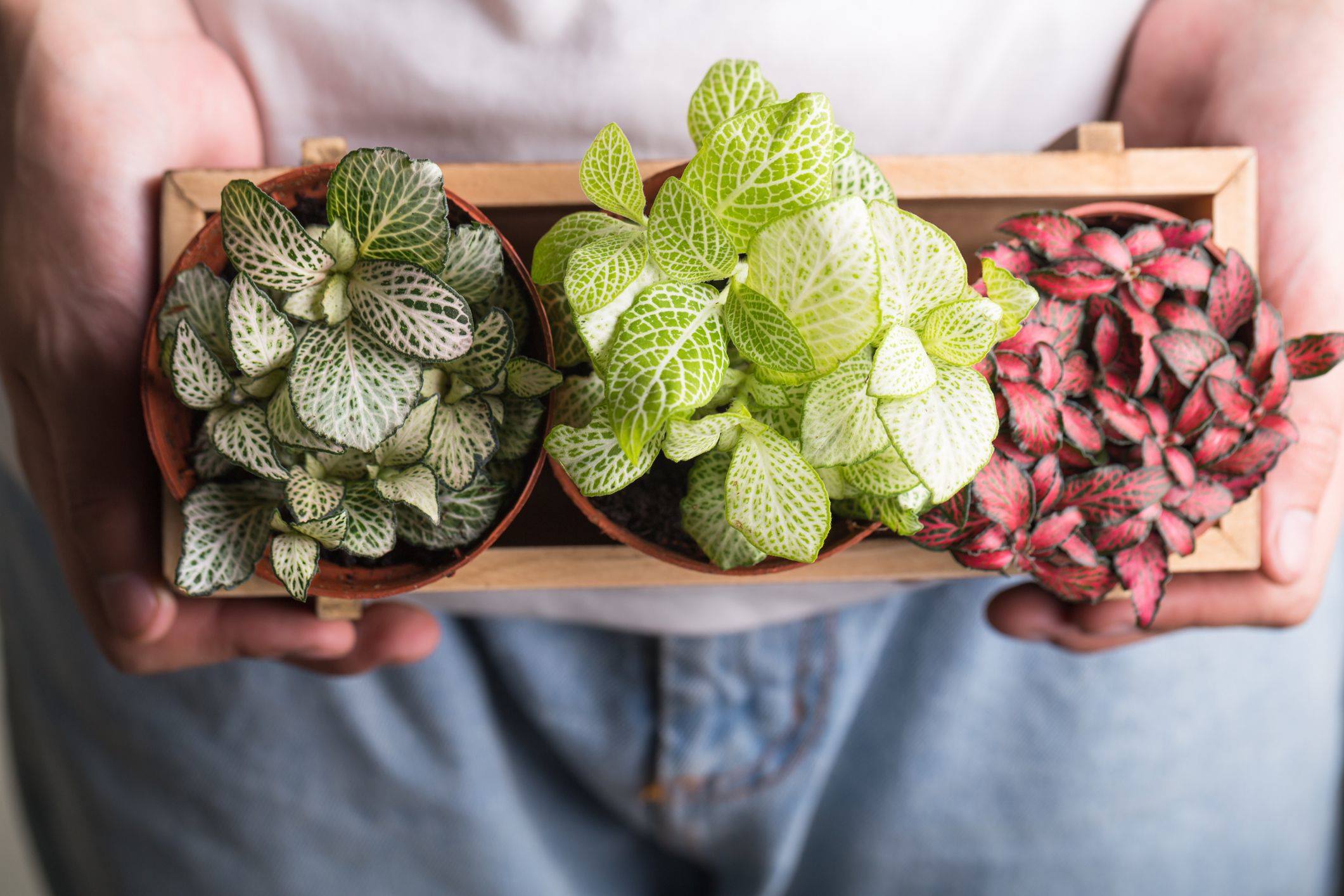

Ideas and Tips
Indoor Fittonia Care Nerve Plant Growing Guide
Published: September 25, 2024
Learn how to grow and care for Fittonia indoors with our comprehensive guide. Discover tips on light, watering, and humidity for a thriving nerve plant.
(Many of the links in this article redirect to a specific reviewed product. Your purchase of these products through affiliate links helps to generate commission for Storables.com, at no extra cost. Learn more)
Fittonia, commonly known as the nerve plant or mosaic plant, is a captivating and unique addition to any indoor plant collection. Its striking patterned foliage, featuring a network of veins in contrasting colors, makes it a favorite among houseplant enthusiasts. However, despite its beauty, Fittonia can be somewhat temperamental and requires specific conditions to thrive. In this comprehensive guide, we will delve into the intricacies of growing and caring for Fittonia indoors, ensuring you can enjoy this beautiful plant in your home.
Basics of Fittonia
Botanical Name and Common Names
The botanical name for Fittonia is Fittonia albivenis. It is also known by several common names, including nerve plant, mosaic plant, and painted net leaf plant. These nicknames are inspired by the intricate veined pattern of its foliage.
Origin
Fittonia is native to the tropical rainforests of South America. This origin explains its preference for humid and bright, indirect light conditions.
Care Level
Fittonia is considered a moderate-care plant. It requires regular attention to its environment but is not overly demanding. Understanding its needs will help you provide the best conditions for your plant.
Light Requirements
Fittonia prefers bright, indirect light. It thrives in environments with filtered sunlight, such as near east- or west-facing windows. North-facing windows are ideal as they provide gentle, diffused light. The plant can also grow well under fluorescent lighting or grow lights, but direct midday sun should be avoided as it can scorch the leaves.
Size
Fittonia typically grows to a height of 3 to 6 inches with a trailing spread of 12 to 18 inches. Its compact size makes it perfect for tabletops, hanging baskets, and terrariums.
Special Attributes
- Non-toxic and Pet-friendly: Fittonia is safe for pets and humans, making it a great choice for homes with both plants and pets.
- Air Purification: While it may not purify the air significantly, Fittonia does contribute to improving indoor air quality by filtering out impurities.
- Terrarium-friendly: Fittonia excels in terrariums due to its high humidity and diffuse light requirements.
Does Nerve Plant Flower?
Under ideal conditions, Fittonia may occasionally produce short spikes of creamy white flowers. However, most growers prefer to pinch off these blooms as they take energy away from foliage production and are not particularly striking.
Growing Fittonia Indoors
Where to Grow
To grow Fittonia indoors effectively, you need to replicate its natural habitat. This means providing bright, indirect light and maintaining high humidity levels. Here are some ideal locations:
- North-facing Windows: These windows offer gentle, diffused light that is perfect for Fittonia.
- East- or West-facing Windows: While these windows provide more direct light than north-facing ones, using sheer curtains can filter the sunlight and prevent leaf burn.
- Terrariums: Terrariums are ideal for maintaining high humidity and providing diffuse light, making them perfect for growing Fittonia.
- Steamy Bathrooms: Bathrooms with low lighting can also be suitable for Fittonia, as long as the air is kept moist.
Soil Type
Fittonia grows well in standard potting soil with a peat moss base. The soil should retain some moisture but also drain well to prevent waterlogged conditions.
Pot Requirements
- Drainage Holes: Plant Fittonia in a pot with drainage holes to prevent root rot and ensure proper drainage.
- Humus-rich Compost: Using a humus-rich, peat-free house plant compost can help maintain the right moisture levels and provide nutrients.
Watering
Watering Fittonia is crucial, as it requires consistently moist soil but not waterlogged conditions. Here’s how to water your nerve plant:
- Check Soil Moisture: Water your plant when the top inch of soil feels dry to the touch.
- Avoid Overwatering: Let the pot drain thoroughly after watering to prevent soggy soil.
- Filtered Water: Use filtered water, rainwater, or boiled water that has cooled down to avoid mineral buildup in the soil.
Temperature and Humidity
Fittonia thrives at temperatures around 70°F (21°C) but can tolerate a range from the low 60s F to low 80s F. These plants prefer humid conditions similar to those found in rainforests. Regular misting will keep the plants from drying out, especially in arid climates or during dry winter months.
Fertilizer
During its growing season, feed Fittonia weekly with a weak dose of liquid fertilizer formulated for tropical plants. A balanced 5-5-5 fertilizer diluted to half strength is a good formulation. Fertilizing monthly can promote more growth, but be sure to follow the directions on the fertilizer package.
Common Problems with Fittonia
Despite its beauty, Fittonia can be prone to several common problems if not cared for properly. Here are some tips to troubleshoot these issues:
Leaves Turning Yellow
Yellow leaves on Fittonia are often a sign of too much water. To prevent this:
- Check Drainage: Ensure your pot has proper drainage holes.
- Adjust Watering Schedule: Reduce watering frequency if the soil is consistently moist.
Leaf Drop
Leaf drop is usually caused by cold temperatures or drafts. To prevent this:
- Maintain Humidity: Regularly mist your plant or use a room humidifier.
- Avoid Drafts: Keep your plant away from doors and windows where temperature fluctuations can occur.
Dry, Shriveled Leaves
Dry, shriveled leaves indicate that the plant is not receiving enough humidity or is exposed to too much direct sun. To address this:
- Increase Humidity: Use a room humidifier during dry months.
- Filter Sunlight: Place your plant near a sheer curtain or under fluorescent lighting.
Special Tips for Growing Fittonia
Terrariums
Terrariums are ideal for growing Fittonia due to their ability to maintain high humidity levels and provide diffuse light. Here’s how to set up a terrarium:
- Choose Container: Select a clear glass or plastic container with drainage holes.
- Layer Materials: Start with a layer of small rocks or pebbles at the bottom for drainage, followed by a layer of activated charcoal to prevent mold growth, then add a layer of peat moss or coconut coir for moisture retention.
- Plant Fittonia: Gently place your Fittonia in the terrarium, making sure not to disturb its roots.
- Seal Container: Once all layers are in place and your plant is settled, seal the container but leave a small gap for air exchange.
Steamy Bathrooms
Bathrooms with low lighting can also be suitable for growing Fittonia if they are kept steamy. Here’s how:
- Maintain Humidity: Regularly mist your plant or use a bathroom humidifier.
- Avoid Direct Sunlight: Place your plant away from direct sunlight sources like windows.
Conclusion
Growing Fittonia indoors requires attention to its specific needs regarding light, water, temperature, and humidity levels. By understanding these requirements and taking steps to replicate its natural habitat, you can enjoy this beautiful plant in your home. Remember that consistency is key when it comes to watering and maintaining humidity levels. With proper care, your nerve plant will thrive and add a unique touch to any indoor space.
By following this comprehensive guide on how to grow and care for Fittonia indoors, you'll be well-equipped to handle any challenges that come with nurturing this delicate yet rewarding houseplant. Whether you're a seasoned gardener or just starting out with indoor plants, Fittonia offers an exciting opportunity to enhance your home decor while enjoying the benefits of having a lush greenery indoors.
Was this page helpful?
At Storables.com, we guarantee accurate and reliable information. Our content, validated by Expert Board Contributors, is crafted following stringent Editorial Policies. We're committed to providing you with well-researched, expert-backed insights for all your informational needs.
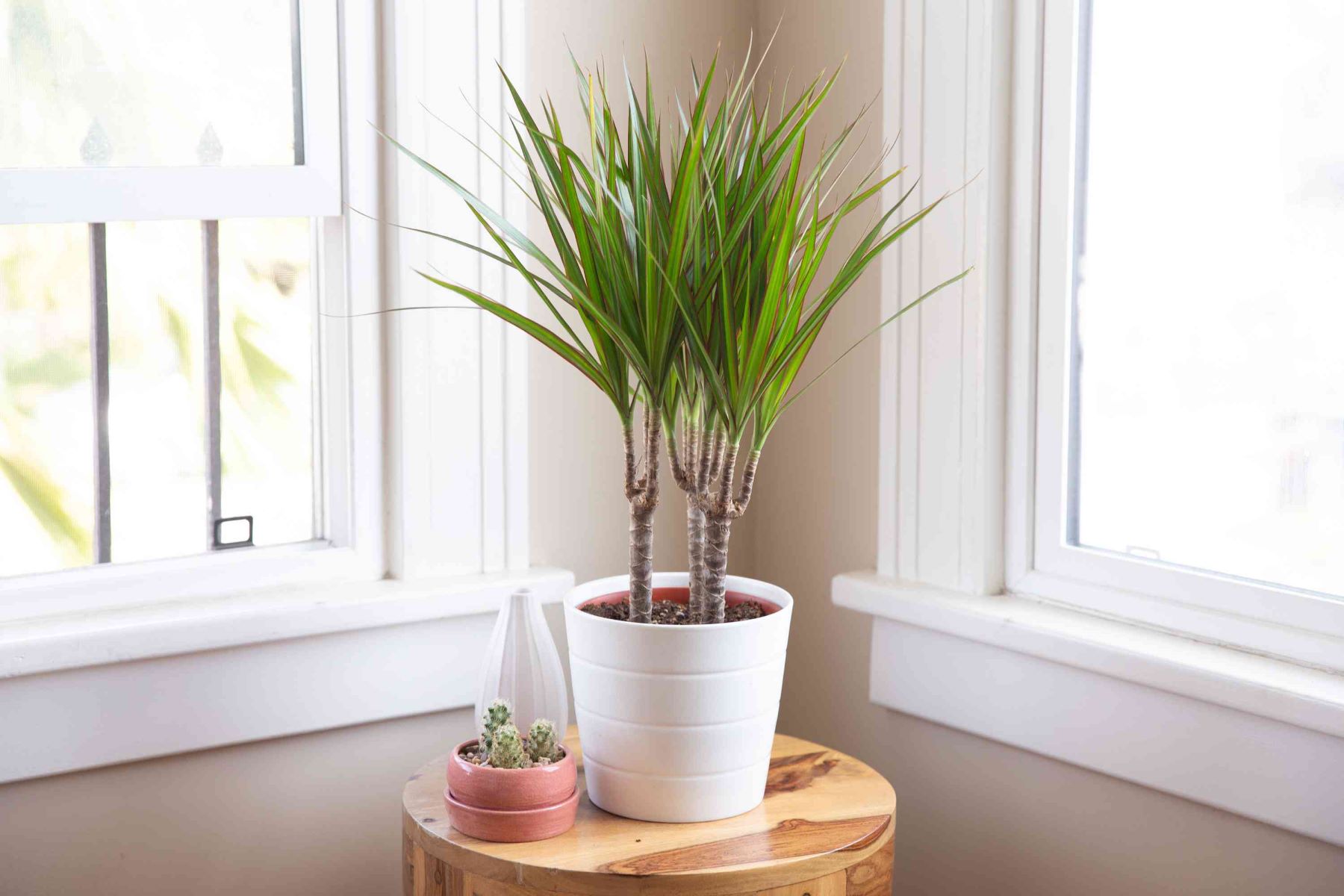
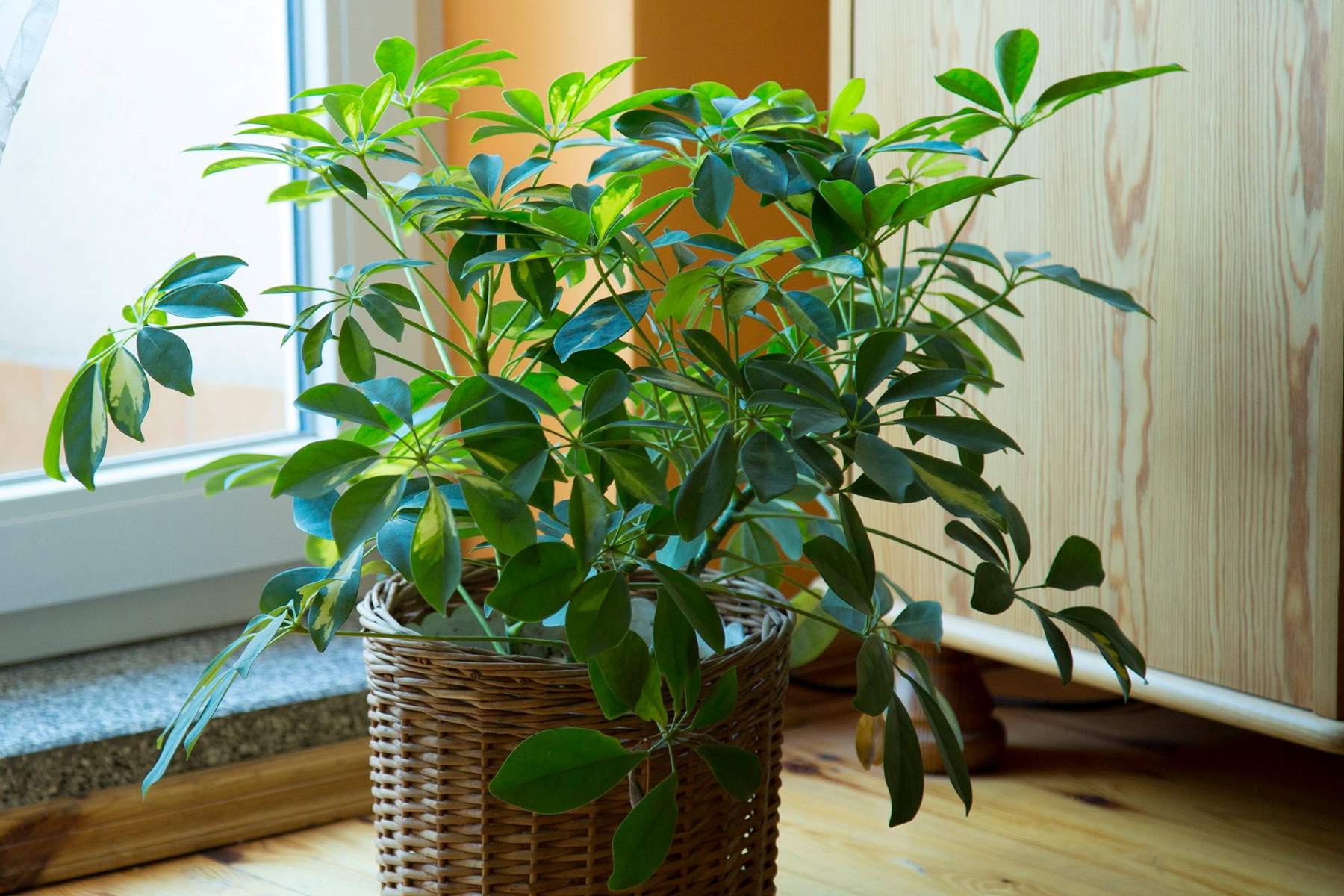
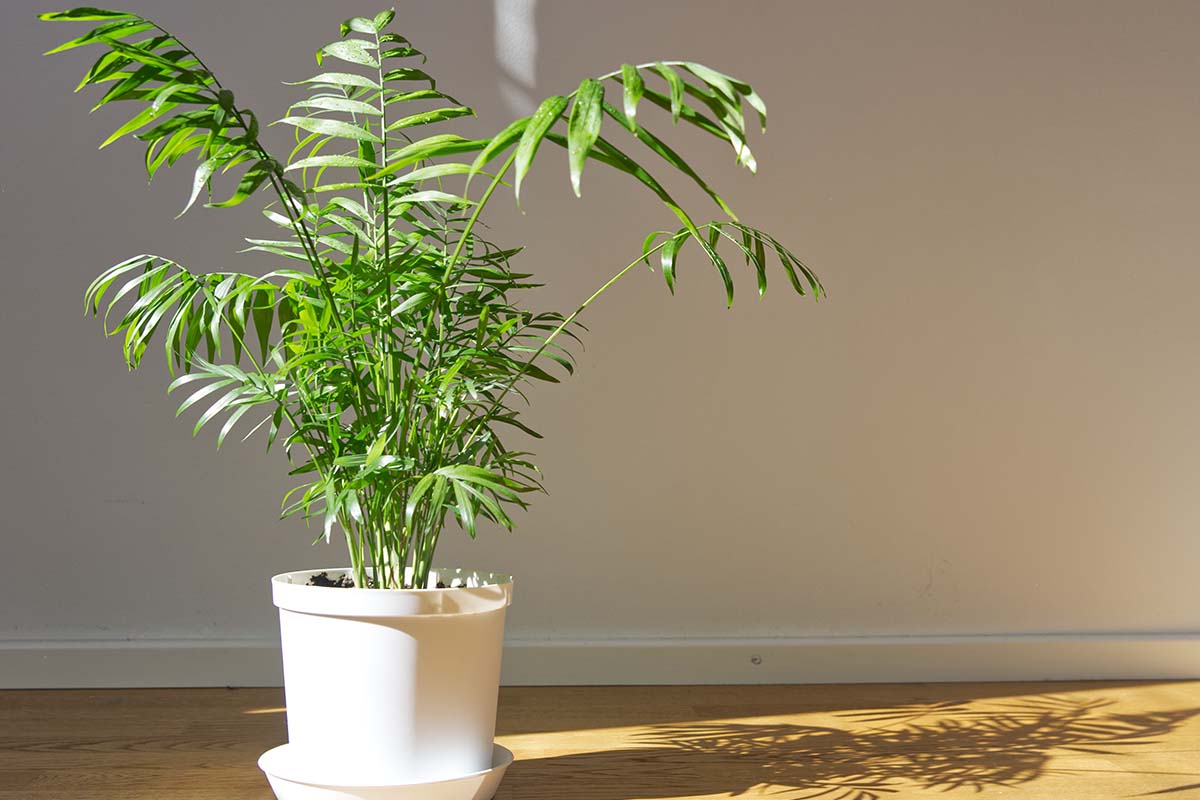
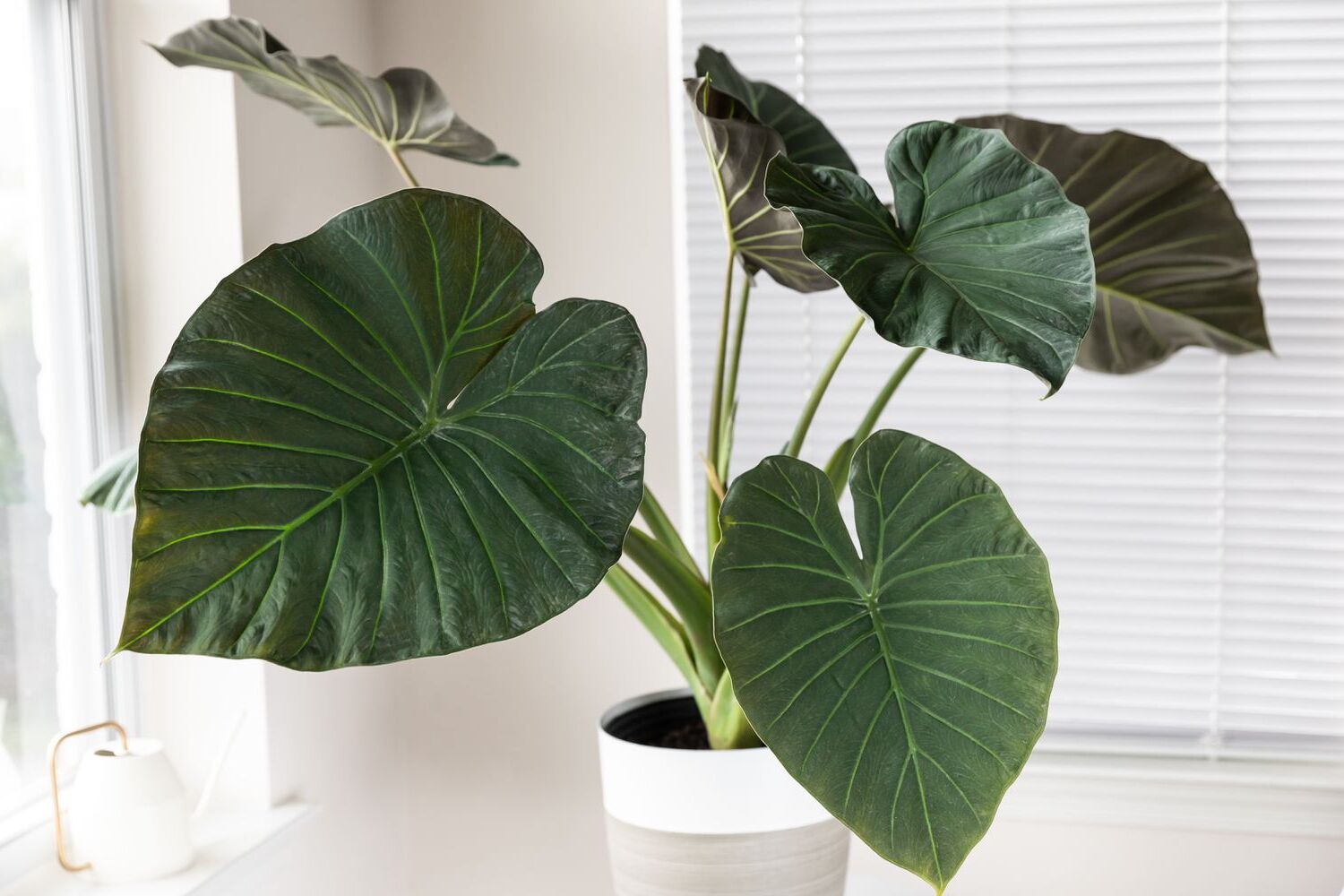
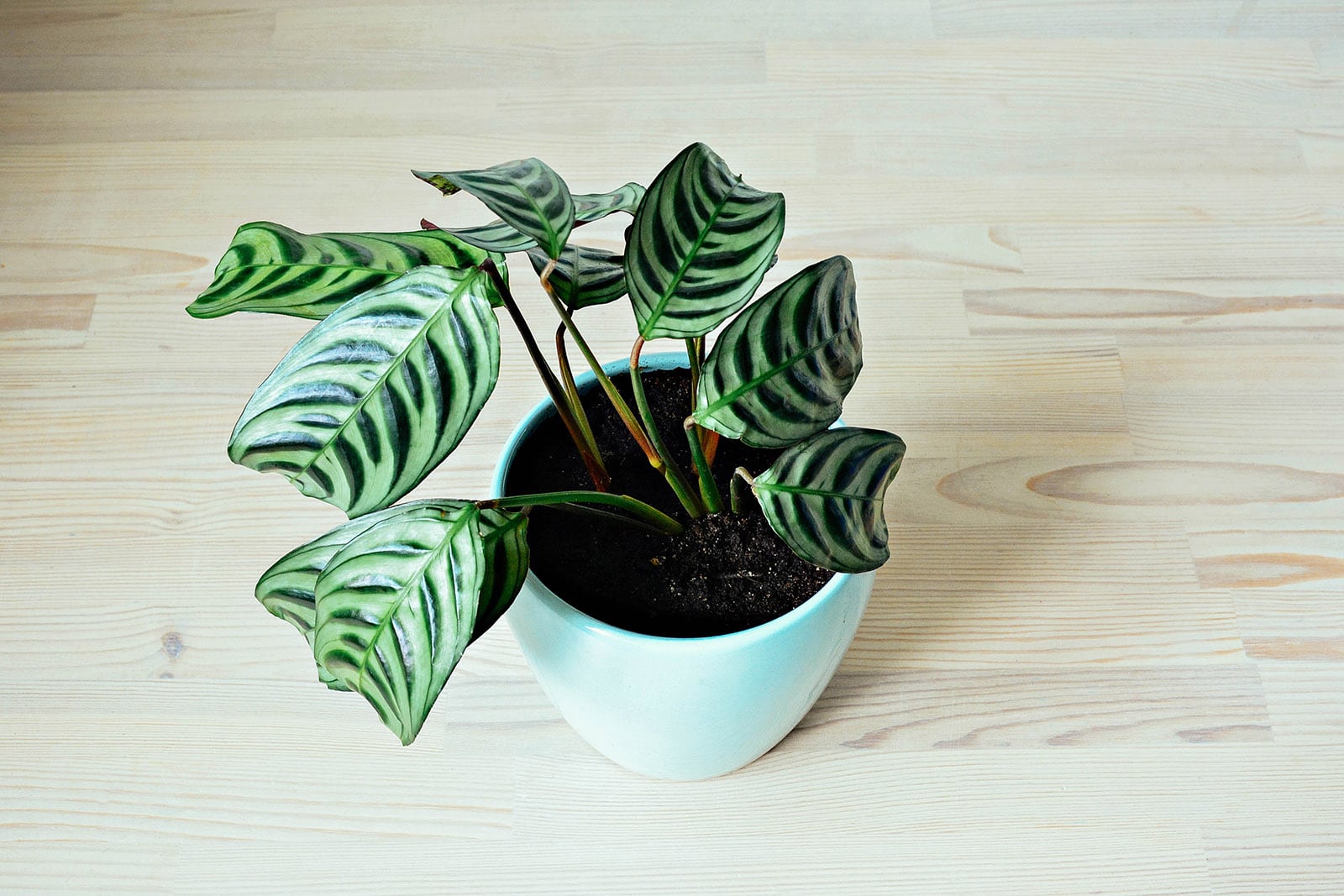
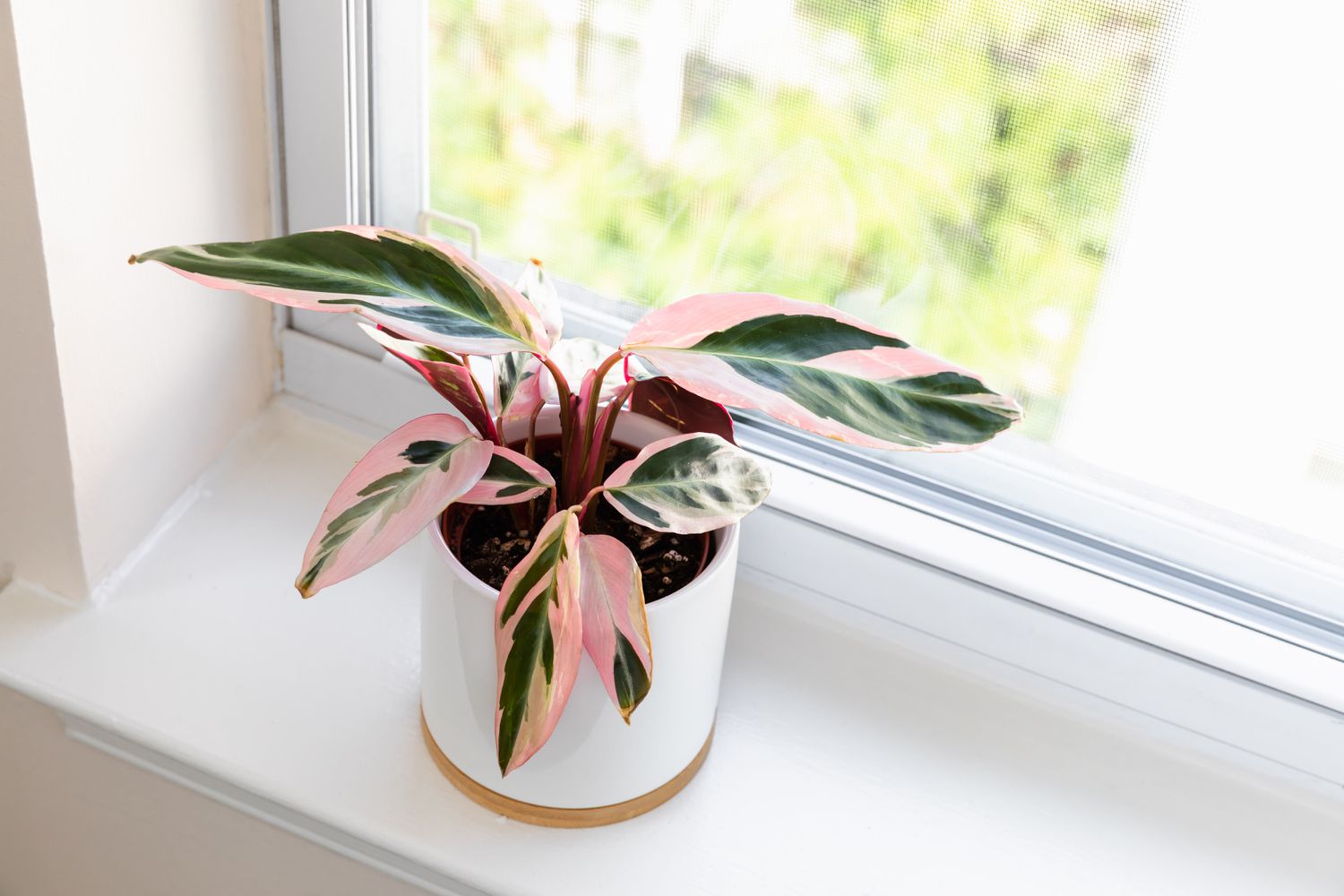
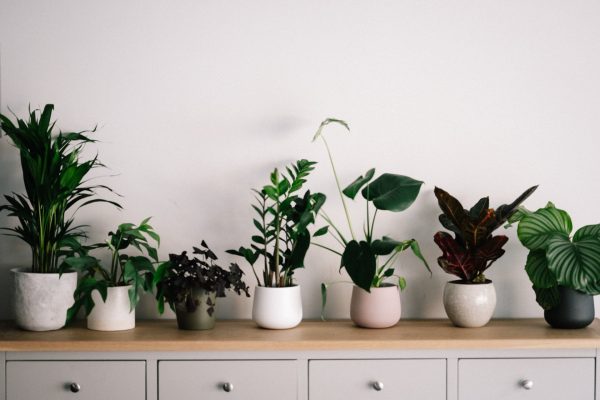

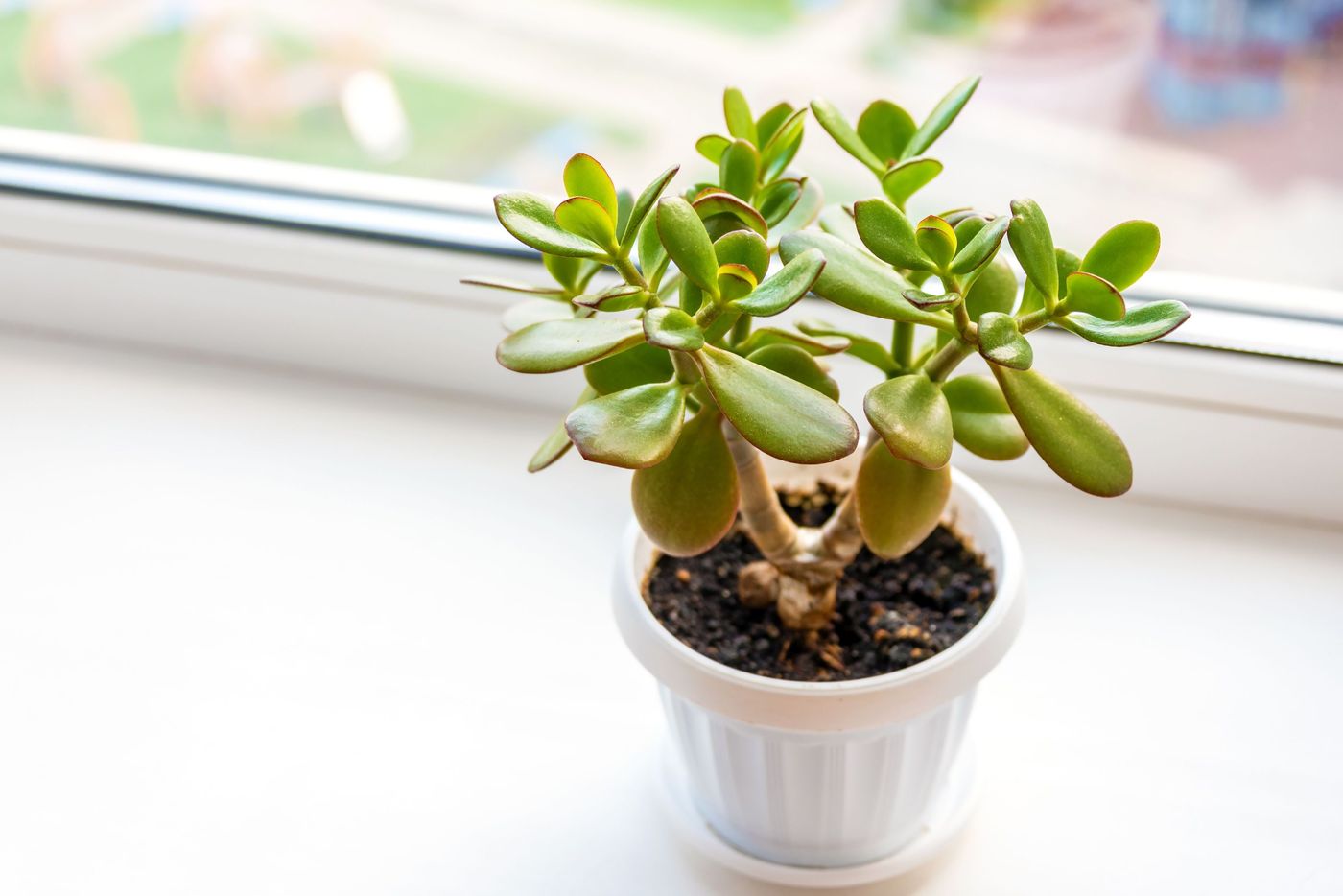
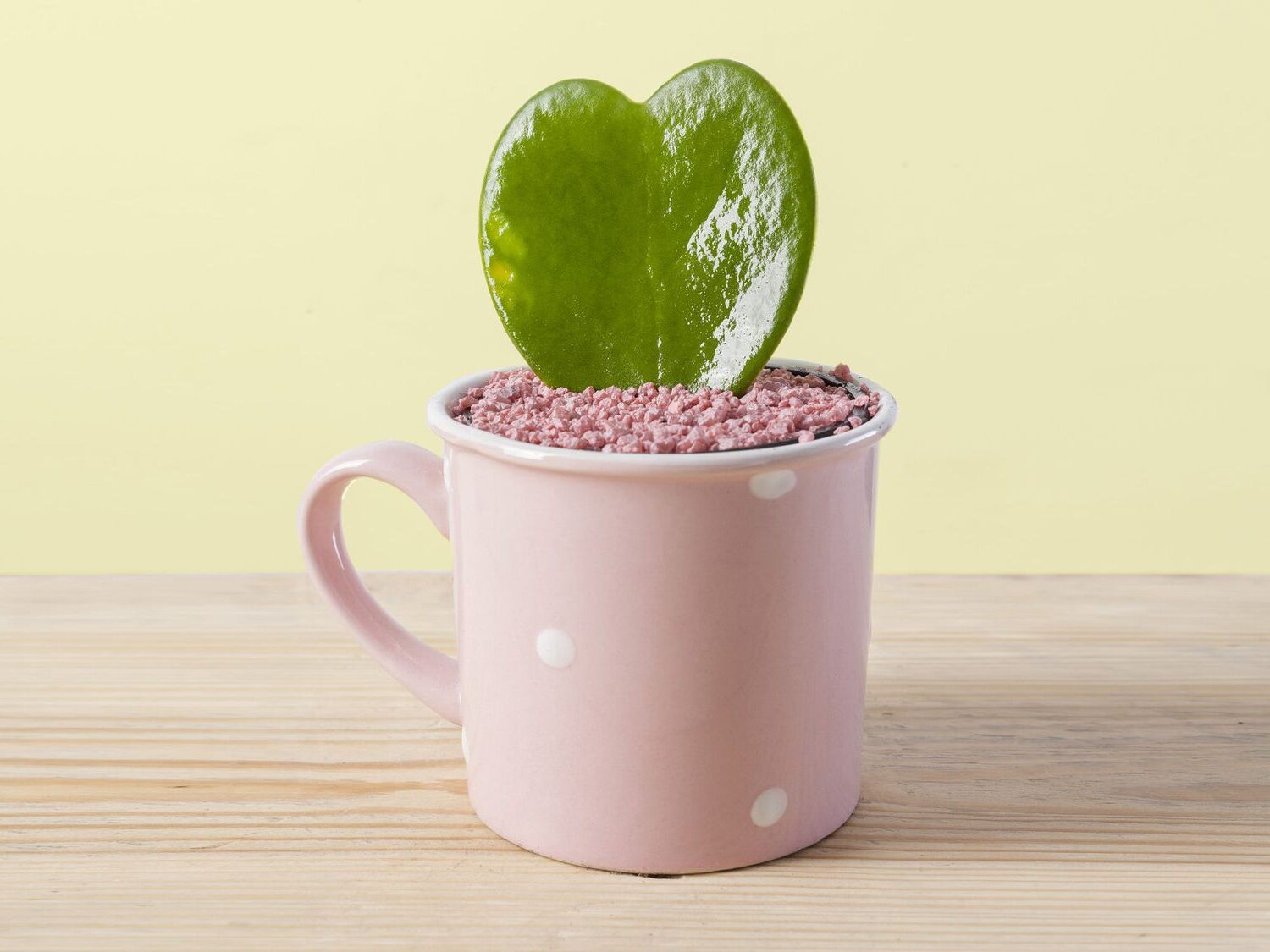

0 thoughts on “Indoor Fittonia Care Nerve Plant Growing Guide”